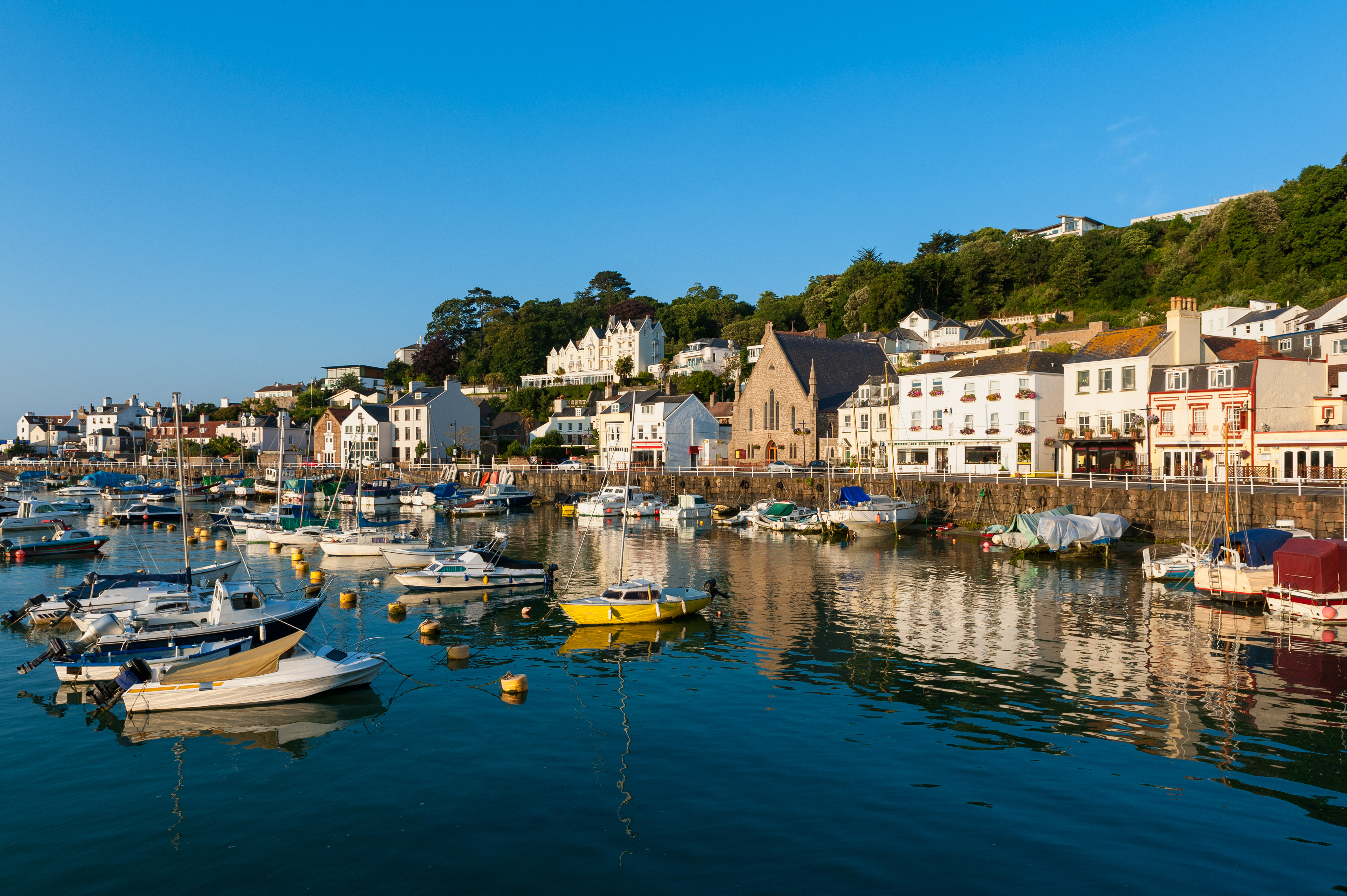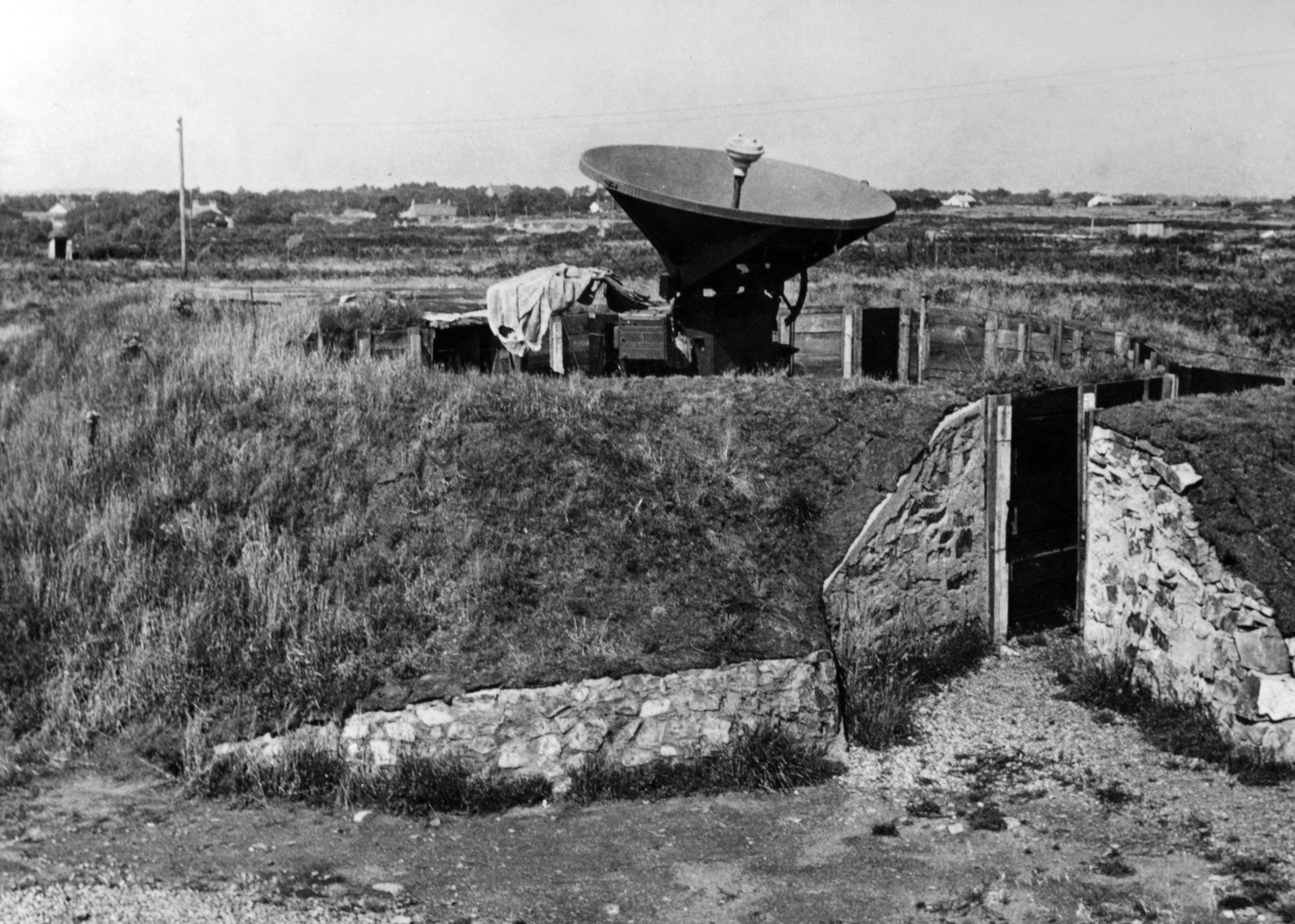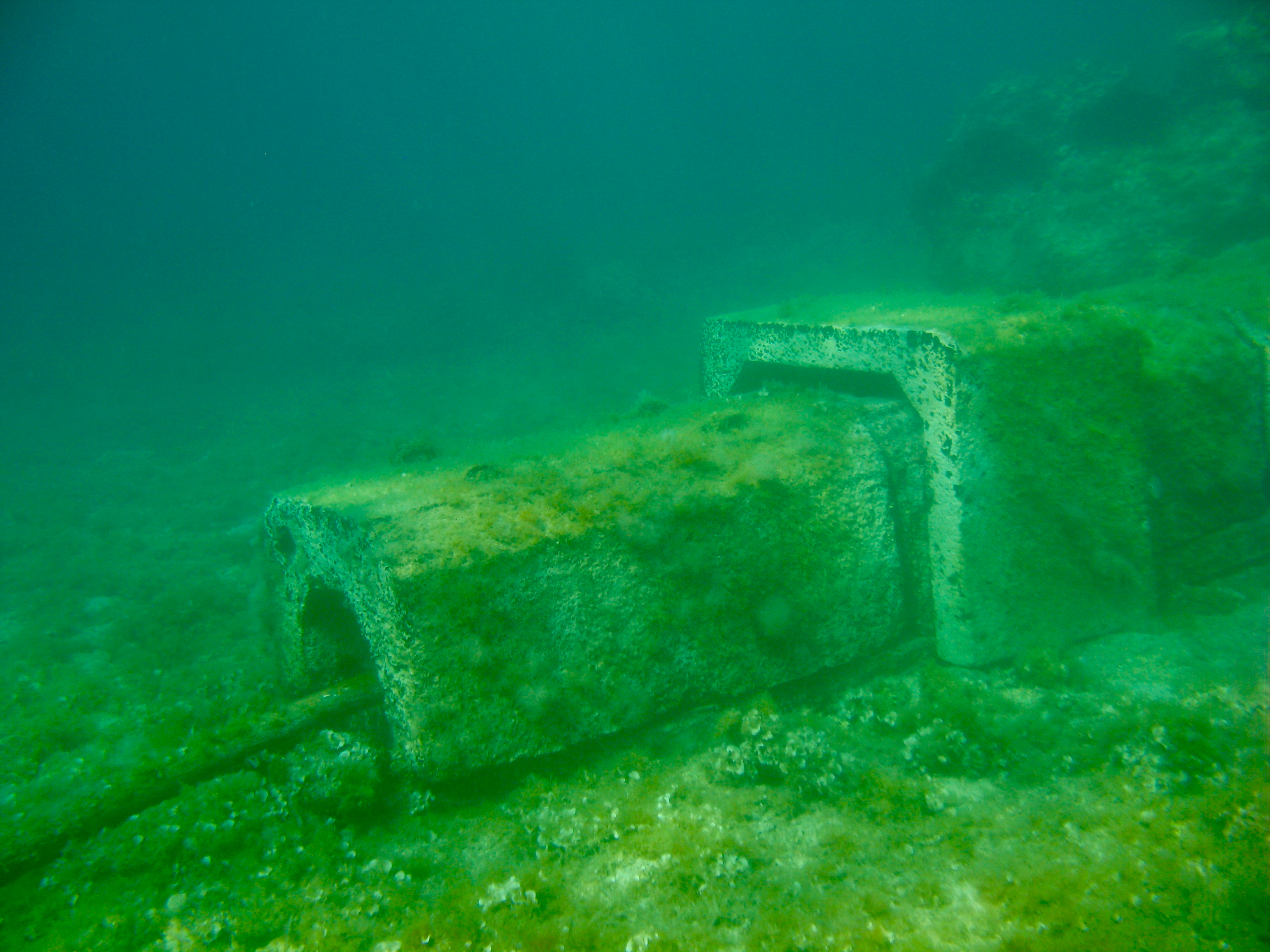
Jersey: Quick Briefing

Situated 14 miles to the west of Normandy’s Cotentin Peninsula and 85 miles south of the English coast, Jersey is a British Crown Dependency with a population of 100,000.
Importantly, Jersey does not form part of the United Kingdom. However, its head of state is Queen Elizabeth II.
The island is self-governed, with its own laws and financial system (yet it uses British Stirling as its currency). The Queen is represented in Jersey by the Lieutenant Governor, a position currently held by Sir Stephen Dalton, a retired Air Chief Marshal of the Royal Air Force.
As a Crown Dependency, Jersey’s defence is the responsibility of the United Kingdom.
What Is A Crown Dependency?
There are three Crown Dependencies. They are the Isle of Man, the Bailiwick of Guernsey, and the Bailiwick of Jersey.
Crown Dependencies share a link to the mainland via the monarchy. This differs them from Overseas Territories, which share a link with Britain via Parliament. That is why the Crown Dependencies are each self-governed.
Historical Context
Jersey formed part of the Duchy of Normandy, established in the treaty of Saint-Clair-sur-Epte in 911.
In 1066, its Duke, William, invaded England and became King William the Conqueror.
But in 1204, Normandy was lost to France by King John, and fifty years later, the ducal titles were handed back to the French too. Jersey, though, remained loyal to the English monarchy. Since then, the island has been a self-governing territory of the English Crown (latterly the British Crown).
American Links
In the 17th Century, King Charles II was aided in surviving the English Civil War by Jersey’s Bailiff and Governor, Vice-Admiral George Carteret.
Following the restoration in 1660, the King gifted Carteret a large piece of land in the American Colonies, between the Delaware and Hudson Rivers, to recognise his life-saving support. Today, that land is the great US state of New Jersey.
Invasions

The most infamous invasion faced by Jersey’s inhabitants came in 1940 when Hitler landed his men there. However, its strategic placement between France and England has made it the target of successive annexe attempts from the continent.
In 1406, France attempted to invaded Jersey with a force of 1,000 men. The operation was unsuccessful. 375 years later, in 1781, a much larger party arrived, again from France, and like before, the island was successfully defended. On that occasion, the action lasted less than an hour.
On July 1, 1940, German forces successfully invaded Jersey and the other Channel Islands. It remained occupied until the end of the war in Europe. The occupiers used slave Soviet labour to heavily fortify the island in the expectation of a counter-invasion by the Allies. That rescue did not come in offensive operations, but Liberation Day is still celebrated annually on May 9.
Water Supply And Undersea Electric Cables

Jersey’s water supply is almost exclusively dependent on rainfall. The resulting water is collected and stored in six reservoirs across the island.
The electricity supply is sold via Jersey Electricity. 95% of that power is supplied from France via a series of undersea electric cables.
Today, there are four active undersea cables. Three of which bring the current from different points in Normandy, and one transports the power onwards to Guernsey. The largest, between Jersey and Guernsey, runs at 23 miles and was established in 2000.
An earlier undersea cable linking power supply from France to Jersey was switched on in 1984 but later broke down due to wear. It was dug up in 2016 and disposed of by recycling. There are plans for two further electricity links, which also provide fibreoptic connections. One of these new cables will be run from France to Alderney and England, at 140 miles. It will be named the FAB Link.









